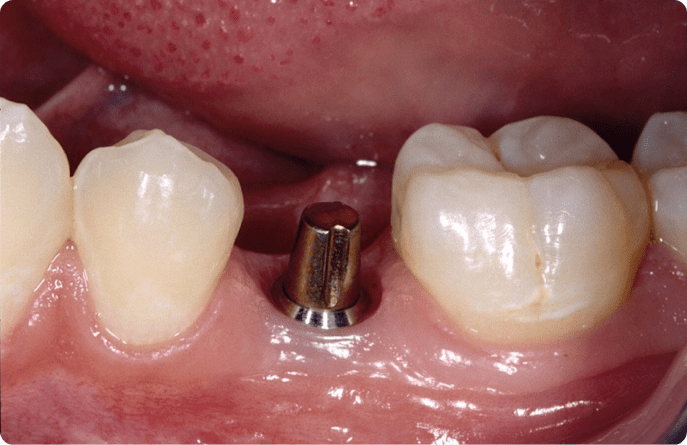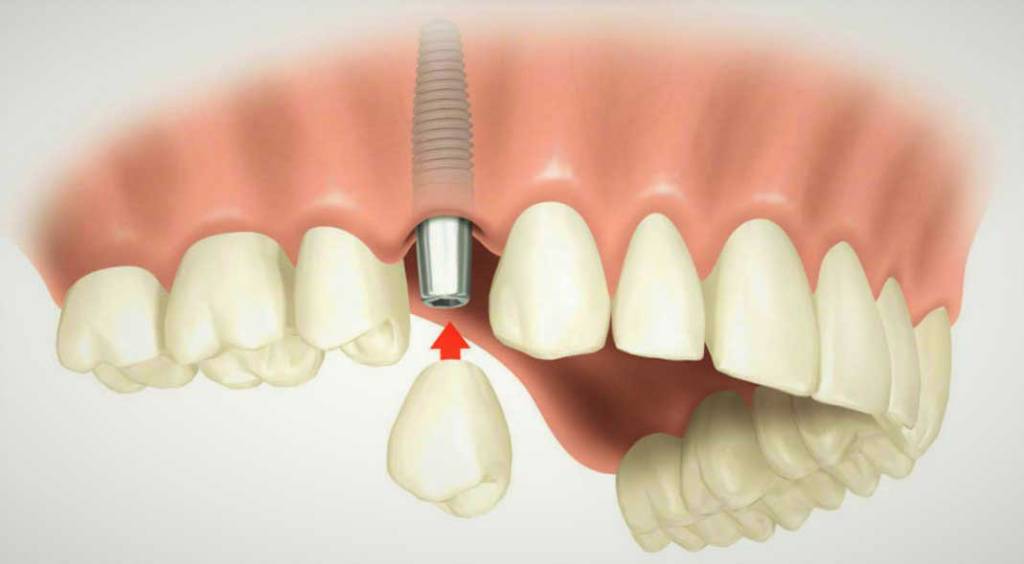When we think about implants, we rarely focus on the nitty gritty. That is, until you’re the one who needs the implant. Suddenly, you start to look at this and wonder just what abutments are, and why they’re going to be in your mouth.
If you’re going to replace your teeth, you may wonder what some of the important parts of it are, which we’ll go over here.
What Abutments are
Abutments are a connector made of metal, and for dental procedures, they’re put into implants after it’s been healed. The abutment basically screws directly into the implant, and is the middleman between the implant itself, and the crown, or fake tooth, that’ll be there.
For those with dental bridges, the crowns are put on two of these abutments, and then are connected to these other teeth that are replaced called pontics, that will sit over the gums.
Abutments are usually created in labs, made of gold, titanium, zirconia, stainless steel, or even polyester ether ketone. Placing the abutment is a small procedure, and usually, they’re done with only local anesthesia for pain.
What are implants
Well implants are basically metal fixtures that work like tooth roots, and they’re put into the gums and jawbone. Essentially, they get anchored to your bone through the process of osseointegration where ethe bone gets directly fused to your metal.
It offers stability to both the abutment and crown, which is on the same level as actual teeth. It can take up to 12 weeks for these to heal once you get implants.
If you have a dentist that says that the jawbone isn’t strong or thick enough for support of this implant, then a bone graft might be recommended. In this, oral surgeons take bones from another part of the body or will use synthetic bone in order to attach this directly to the jawbone. This offers a sturdy support for these replacements until the bone is able to heal tightly around this implant.
Regardless of Type, you need good Hygiene
One thing that’s important is regardless of the implant, or a crown or even a bridge, you have to practice good oral hygiene.

The implants work in the same manner as your regular teeth do, where you’ve got to brush this twice daily, along the gums and then sweep towards where both biting parts of the teeth are.
Cleaning between the teeth with water flossing or interdental brushes at least daily is important, and you should have tongue scrapers or antimicrobial mouth rinses.
When you do this, always check with a dentist for a regular appointment, not just for keeping the teeth perfectly right and to get rid of bacteria, but also for the implant’s health. You should take some x-rays in order to check the bone area around the implant. You should also look at the gum tissue that’s near this area, ensuring that it’s free from the inflammation which may be there.

Now that you know a little bit about implants and abutments, you’re in for a treat, and you’ll be able to have good, informed conversations with dentists. Good luck with this, and make sure that if you have replacement teeth, always take care of them like you would with regular teeth, so that they work just like the real thing. With the right care, these replacements can last the rest of your life, which is definitely something to smile about.
Protect your teeth, and protect them all, so that you can have the best oral health that you can, in the best ways possible.